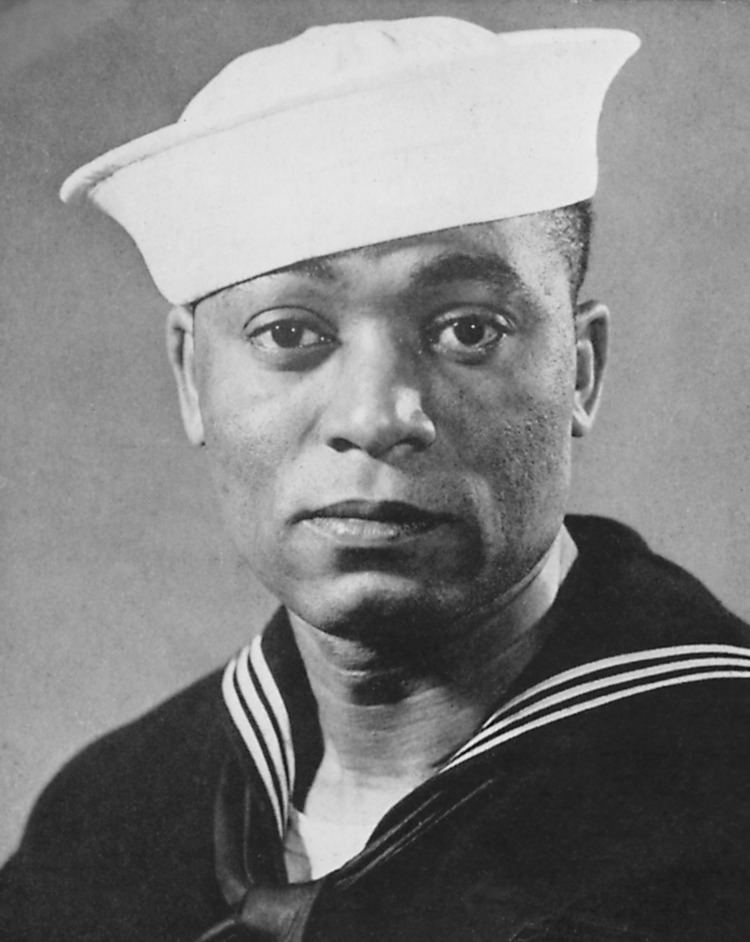Name James Parsons | ||
Education | ||
James Benton Parsons (August 13, 1911 – June 19, 1993) was an American attorney who in 1961 became the first African American to serve as a United States federal judge in US District Court, being appointed to United States District Court for the Northern District of Illinois. He served as chief judge from 1975 to 1981, assuming senior status in August 1981, and serving until his death in office.
Contents
- Early life education and career
- World War II military service
- Graduate and professional degrees
- Law practice
- References

Early life, education and career

James Benton Parsons was born in 1911 in Kansas City, Missouri; his family moved to St. Louis, where his father was an evangelist and missionary with the Disciples of Christ Church. The family subsequently lived in Lexington, Kentucky; Dayton, Ohio; and Bloomington, Indiana; before settling in Decatur, Illinois. Parsons wanted to be a lawyer by the time he was in junior high school. He was named "class orator" for Decatur High School class of 1929, the "first race student" to receive this honor. He was on the basketball team at Decatur High coached by Gay Kintner, and also in the school band and orchestra. He earned a B.A. from Millikin University in 1934.
He first started working as acting head of music at Lincoln University (Missouri). He met Nathaniel Dett, a former teacher at Lincoln, who had returned for a guest performance. Dett subsequently offered Parsons a job at Bennett College, a historically black college in Greensboro, North Carolina, where he was director of music. He wanted Parsons to re-score some of Dett's chorales. By 1939, Parsons had become director of instrumental music for Greensboro's Negro public schools, as the state had a segregated public school system. Under his direction, the band at Dudley High School became known throughout the state for its expert musicianship and precision marching.
World War II military service
During World War II, Parsons enlisted in the United States Naval Reserve in May 1942. Serving as a Musician MUS1, he directed the U.S. Navy B-1 Fleet Band. The band was organized from a core of members of the bands at Dudley High School and North Carolina A and T University. B-1 was composed of the first African Americans to serve in the modern Navy at a rank higher than messman. It was one of more than 100 bands of African Americans organized by the Navy during the war; the other bands all trained at Camp Robert Smalls. B-1 trained at Norfolk and was stationed at Chapel Hill, North Carolina, where it was attached to the Navy's pre-flight school on the University of North Carolina campus.
In May 1944 the band was transferred to the US Naval base at Pearl Harbor, Hawaii, where it was stationed at Manana Barracks. This held the largest posting of African-American servicemen in the world. While there, Parsons was selected for a panel of judges that was convened by the Navy to investigate the 1944 riot in Guam among Marines. This experience furthered his interest in studying law. Throughout his service, Parsons directed B-1, but he mustered out of the Navy in 1945 as a Musician 1st class, never having made the officer's grade. He and his men believed that he had earned that.
Graduate and professional degrees
After the war, Parsons used the GI Bill to earn his M.A. from the University of Chicago in 1946, followed by a J.D. from the University of Chicago Law School in 1949.
Law practice
Parson was in private practice in Chicago, Illinois from 1949 to 1951, also serving as an assistant corporation counsel during that time. He was appointed as an assistant United States Attorney of the Northern District of Illinois, serving from 1951 to 1960. He was a judge on the Superior Court of Cook County, Illinois from 1960 to 1961.
On August 9, 1961, Parsons was nominated by President John F. Kennedy to a seat on the United States District Court for the Northern District of Illinois, which had been vacated by Judge Philip L. Sullivan. Parsons was confirmed by the United States Senate on August 30, 1961, and received his commission the same day. He was the first black person appointed to the Federal bench in a District Court, which under Article III is a life term.
Parsons advanced to serve as chief judge of the District Court from 1975 to 1981, assuming senior status on August 30, 1981. He served in that capacity until his death in 1993 in Chicago. Parsons was buried at Greenwood Cemetery in Decatur, Illinois.
